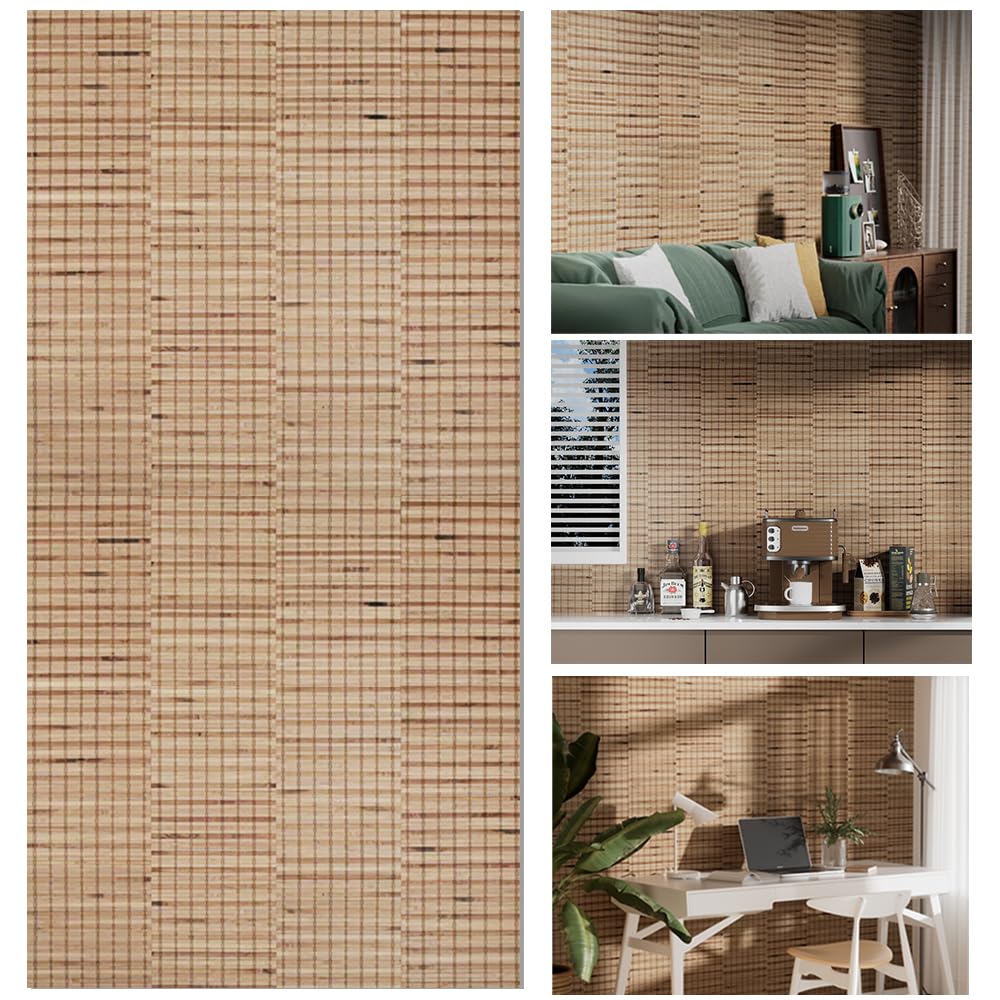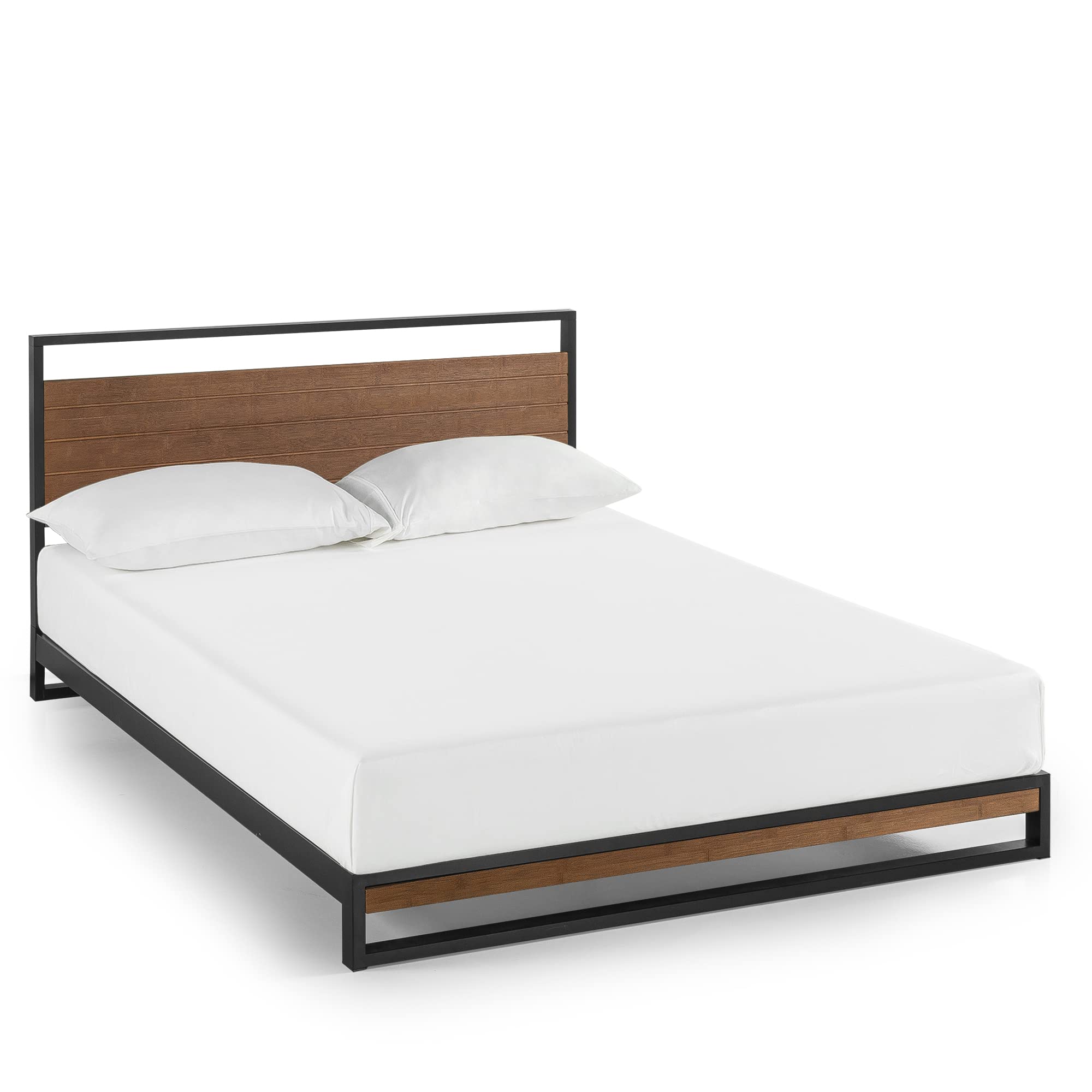The Bamboo Skyscraper represents an innovative leap in sustainable architecture, designed by Carlos R. Gomez and CRG Architects. This ambitious project aims to provide a compelling alternative to traditional concrete skyscrapers by utilizing bamboo as its primary structural material, showcasing a progressive approach to urban living and environmental sustainability.

The architectural design features helical towers that emulate the natural growth patterns of bamboo found in tropical forests. This unique structure leverages bamboo's exceptional tensile strength and lightweight properties, making it an ideal choice for high-rise buildings, especially in seismic zones due to its natural elasticity. For a deeper dive into the architectural innovations of different regions, you may find the discussion on Caribbean Architecture quite intriguing.

The Bamboo Skyscraper is constructed in modular sections, each standing 20 meters tall, optimizing the use of bamboo's length, which can reach up to 30 meters. To enhance structural integrity, stainless steel sockets are employed at junctions, which are crucial given the limitations of traditional rope-based construction techniques in tall structures.
This skyscraper design emphasizes sustainability through various innovative features:
A significant element of the Bamboo Skyscraper is its focus on community interaction. The architectural layout fosters social hotspots and interactive corridors, drawing inspiration from forest trails illuminated by sunlight filtering through the bamboo structure. For those interested in practical tips on starting your own building project, this guide on How to Build a House: Essential Steps for Success is an excellent resource. This mixed-use approach, with medium density and diverse zoning, encourages natural movement and connectivity among residents and visitors.

The Bamboo Skyscraper is not only a testament to material innovation but also a reflection of how urban architecture can coexist harmoniously with nature. This project aims to portray an advanced exploration of materials and technology while reinforcing the relationship between urban living and natural environments. If you are curious about the various materials that can make or break your project, check out this comparison between Douglas Fir Vs Cedar.
| Feature | Description |
|---|---|
| Material | Bamboo |
| Height | Modular sections each 20 meters tall |
| Structural Integrity | Stainless steel sockets at junctions |
| Sustainability | Carbon-sequestering, self-cleaning facade |
| Design Inspiration | Helical towers emulating bamboo growth patterns |

- - -

- - -
- - -
In conclusion, the Bamboo Skyscraper is not just an architectural marvel but a beacon of sustainability for urban futures. If you're as excited about innovative designs and green architecture as we are, we'd love to share more of our ideas and inspirations with you! Connect with us on Pinterest for a visual treat of architectural wonders, follow our journey on Instagram for daily doses of design inspiration, catch our latest updates and thoughts on X (formerly Twitter), and join our community discussions on Facebook. We can't wait to connect with you and keep the conversation on sustainable high-rises and beyond going strong!
